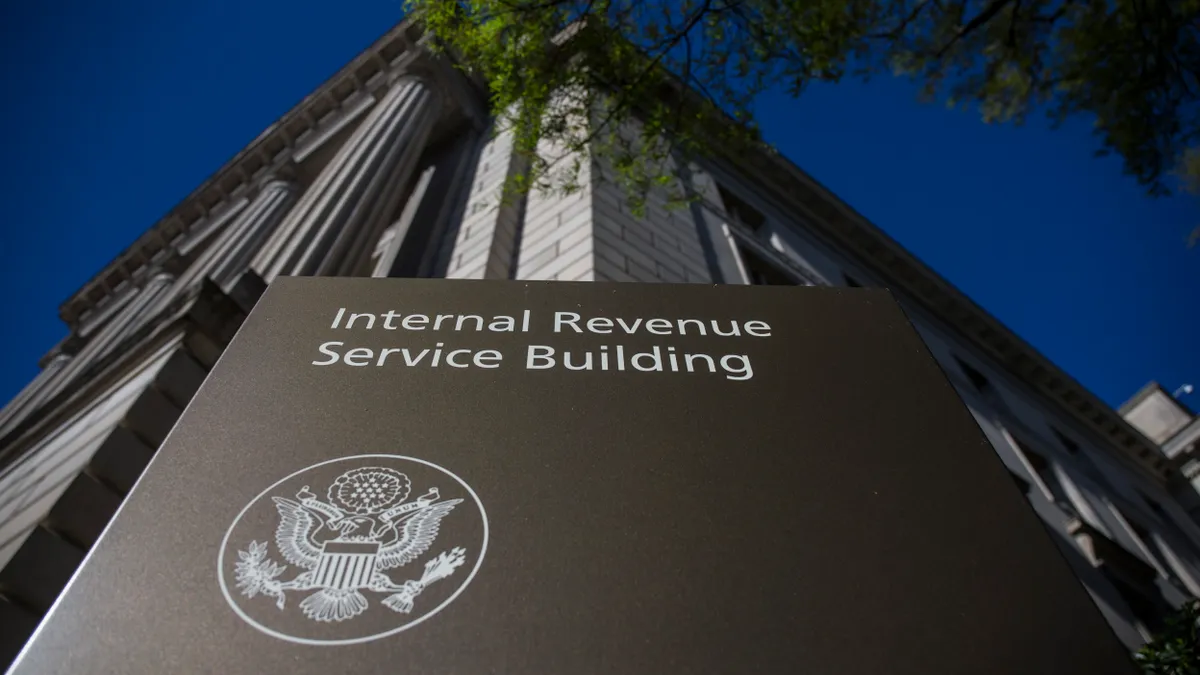Dive Brief:
- Employees will be permitted to contribute up to $4,150 to an individual health savings account for 2024, the IRS said Tuesday. The limit for families will be $8,300.
- The numbers represent an inflation adjusted increase over 2023 when employees could contribute up to $3,850 for an individual or $7,750 for a family.
- The agency also announced that high-deductible health plans will be defined as those with an annual deductible of at least $1,600 for individual coverage or $3,200 for family coverage, and for which annual out-of-pocket expenses don’t exceed $8,050 for individual coverage or $16,100 for family coverage. Additionally, the maximum amount that may be made newly available for the plan year for an excepted benefit HRA is $2,100.
Dive Insight:
Many individuals with HSAs fail to take full advantage of their account’s tax benefits, according to the Employee Benefits Research Institute.
“The average accountholder has a modest balance, contributes far less than the maximum and does not invest their HSA,” the organization said in research published in March.
Employees have said in numerous surveys that they don’t fully understand their benefits or how to use them. That disconnect may account for low investment rates, in particular. Only 12% of account holders invested in assets other than cash, EBRI said, and that number represents a steady climb spanning several years.
“[A]ccountholders appear to be using HSAs as specialized checking accounts rather than investment accounts, though this behavior appears to change the longer an HSA owner holds an account,” Paul Fronstin, EBRI’s director of health benefits research, said in the March statement. “[O]ur research found evidence that the longer an accountholder had their HSA, the higher the likelihood that the accountholder invests their HSA in assets other than cash, in addition to contributing more on average and enjoying higher account balances.”
At a time when employees say they’re desperately seeking financial stability, such benefits could serve to boost recruiting and retention efforts. HR pros told HR Dive earlier this year they’re increasingly prioritizing retirement benefits and/or contributions in total rewards packages.
Given the lack of understanding around benefits, however, HR may need to boost communication about such offerings to workers — even personalizing information for various employee groups, sources have suggested — and facilitate their use.














